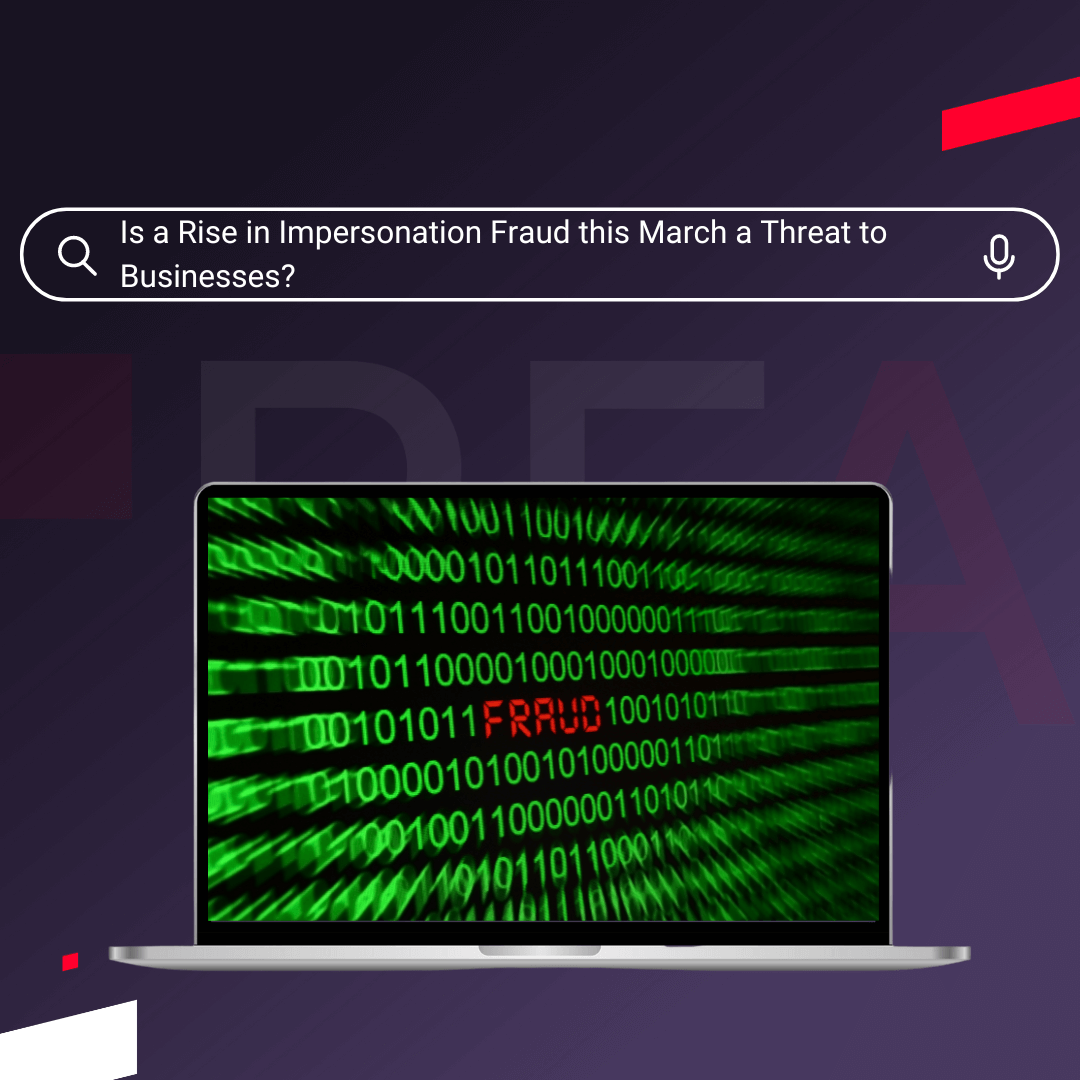It’s rarely good news when companies enter administration.
For the business’s directors, company administration often marks the end of a long and stressful period of decline.
For unsecured creditors, the process can lead to them losing vast sums of money and can put their own business in jeopardy.
Company administration is an insolvency proceeding that aims to save as much of a business as possible from liquidation; usually via restructuring or their (or the entire company’s) sale. Administrators seek to keep as many jobs as possible and disrupt trade as little as they can.
This article explains what a company administration is, how it works, and how you can avoid falling victim with Red Flag Alert.
Protect your business today
What is a Company Administration?
Company administration is a formal insolvency process that involves an insolvency practitioner assuming control of an insolvent company. A contingently insolvent company, where non-crystalized floating liabilities are taken into account, can also enter into administration. Normally creditors will be demanding payment and pursuing or being close to pursuing legal action.
In most cases, the directors of the insolvent company will choose which insolvency practitioner they wish to work with and enter into the process willingly. Once the administration has begun the directors lose control of the company and the insolvency practitioners assume control of the running of the company.
Whilst company administration is a type of insolvency it differs from compulsory liquidation and voluntary liquidation in that the primary aim is not the winding up and liquidation of the company and that the insolvency practitioner acts in the best interests of both the creditors and the company. Their aim of company administration is to save the viable parts of the business, whether that is by restructuring the business, the sale of part or all of the business or a Company Voluntary Arrangement (CVA). Understanding what company administration is can aid directors to make better decisions during financial turmoil.
As such, administration is not a viable option for most insolvent companies. It requires that there be sufficient and predictable cash flow as well as a large amount of assets. If an insolvent company has neither then liquidation is usually the most appropriate option. It is also an expensive process, as the administrator must be paid and they will not take on a job that they do not think will be profitable.
Administration is a public process and the administrator will write to the company’s bank and creditors advising them of the administration and all communications from the company must add ‘in administration’ after its name; this includes anything client facing. This will usually cause some degree of reputational damage as well as reducing consumer confidence in the company.
There is a type of company administration called prepackaged administration (pre-pack). This is where the sale of the insolvent company has already been negotiated with a buyer prior to entering administration. The administrator will then oversee the sale during the usual administration process.
Why Should a Company Enter Administration?
Company directors may wish to enter administration if they experience the following:
The Business is Insolvent
The business should be unable to pay its debts. Or it could be contingently insolvent—this is where the company's assets are exceeded by its debts and insolvency is inevitable. The company should have significant value or assets to make the process worthwhile. It should also have predictable cash flow and profitability.
Creditors Are Demanding Payment
The company should be experiencing creditor pressure to repay its debts. It should be at risk of court action because of this. Creditors may have already tried to force the business into liquidation to recover these debts.
What Other Options Are There?
Some businesses may not fit the criteria above but might still want to recover funds from their business. Here are some of the options available to these company directors:
Creditors’ Voluntary Liquidation
Suppose the company does not have significant assets or cash flow. In that case, a better option may be to enter a creditors’ voluntary liquidation (CVL). This immediately winds up the company. As much money as possible is made from company assets to pay back creditors.
This is the most common form of insolvency.
Company Voluntary Arrangement
Insolvent companies that are yet to be pursued by creditors may attempt a company voluntary arrangement (CVA). This is when the company agrees to a plan to repay creditors over a period of years. This helps the company to become profitable again. However, creditors representing 75% of the company’s debt need to agree to the CVA for it to be legal.
Pre-Pack Administration
This is when a sale of the business is agreed upon before the administrator is appointed. The administrator simply manages the transaction. This is different to a standard insolvency procedure, where the administrator will market and sell the business.
Pre-packs have many advantages, including:
The business can continue operating as usual due to the short company administration period.
It avoids negative publicity. This reduces the chance that staff will leave the business or that its share price will be affected.
It also reduces costs incurred during normal company administration periods.
What Happens When a Company Enters Administration?
The directors of the insolvent company or holders of a floating charge issued after 15th September 2003 can place a company in administration. The administrator will be an insolvency practitioner and they will assume control of the company; at this point the directors will lose all control over the company.
Once a company has entered administration there is a moratorium on all legal action against it.
The administrator will then inform the company’s bank and creditors of the administration. The creditors then have the option to install a different administrator, to do this at least 25% of the debt must agree to the proposed replacement.
The administrator then has 8 weeks to draft a proposal and present it to the creditors, along with an explanation of the company’s financial situation. They will also conduct an investigation into the actions of the directors in the lead up to the insolvency to check for any malpractice. Should any be found then the directors may be found personally liable for debts and face fines or criminal charges.
The administrators will seek to save as much of the company as possible. This is usually done via restructuring, the sale of parts or all of the business as a going concern or negotiating a CVA. In some cases it can be decided that the only action is liquidation.
Administrations are usually not supposed to last for more than one year but the courts can grant an extension in complex cases where it is deemed necessary. A pre-pack is usually completed in two weeks.
Employees and Administration
When an administrator assumes control of a company they have the right to terminate the contract of any employees. Should they keep any employees for 14 days or more then their employment rights are reinstated and should the company enter liquidation they will count are preferential creditors. Should the business, or part of the business, be sold then these employees are protected under TUPE laws.
Any employees let go will count as unsecured creditors should the company enter insolvency but are entitled to redundancy pay and all other statutory entitlements.
Do I Need to Tell Companies House?
No. The administrator will advertise the administration process with Companies House and in the Gazette. If the business is liquidated or dissolved, Companies House will automatically remove the company from its register.
Pros and Cons of Administration
Directors facing the insolvency process will need to weigh up whether administration is the best solution for their business.
Here are the pros and cons:
The Pros:
Creditors can’t take action
Company administration protects companies from creditors taking legal action to wind up the company. Any existing legal action is also stayed.
Licensed Insolvency Practitioner Support
An administrator is a licensed insolvency practitioner acting for the company and its creditors. They are highly trained, independent professionals. This means they can choose the best course of action without pre-existing connections to the company clouding their judgement.
Time to Plan
When a company becomes insolvent, people start to panic and can make rash decisions. Company administration allows time for the company’s finances to be appropriately assessed and a plan made.
The Business Could Be Saved Quickly
Pre-pack administrations allow the business to continue trading seamlessly. CVAs allow insolvent firms to return to profit over a longer period.
The Cons:
Directors Lose Control
During an administration, directors cannot control company affairs. This is usually a good thing for the company and its creditors. However, directors may find it hard to stomach.
Everyone Knows
A standard company administration will be made public. This can have a significant impact on the company’s reputation, as well as the directors’. Administrators have to notify the company's creditors and customers of the administration and include a note of it in all correspondence with them. This could cause concern amongst these stakeholders.
It’s Expensive
The company administration process can be expensive. It’s therefore only suitable for businesses that have good cash flow. Usually companies that choose administration experience, or expect to experience, aggressive creditor action.
Who Can Appoint an Administrator?
Directors and secured creditors can put a company into administration. Directors do this voluntarily.
It’s possible for floating charge holders to appoint a licensed insolvency practitioner even if the directors have already done so.
How Long Does the Administration Process Take?
An insolvency practitioner has eight weeks from their appointment to submit proposals to make the company profitable again.
Once creditors have approved the proposals, the administrator manages the process and ensures the company follows the proposed plan. This can take several months, or up to a year. If the administrator requires more time, they need to apply to the court or company creditors for an extension.
A pre-pack administration takes up to two weeks to organise.
Why Clients in Administration Threaten Your Business
When a company goes into administration, it can be devastating for directors. It usually marks the end of a stressful period for their business. They lose control of the company and it could even be liquidated.
It’s also a hard time for creditors. Unsecured creditors like suppliers could lose thousands of pounds if the company going into administration defaults on unpaid invoices.
This financial black hole puts strain on their business. If the amount of money a creditor loses is too high it can ruin their finances. As a result, they might also enter administration or liquidate their company.
The best thing business owners can do to avoid being in either situation is to monitor the financial health of companies they work with.
Protect Your Business
So how can you monitor your clients?
Red Flag Alert gives a financial health rating to every UK company. These health ratings predict insolvency.
Users can set up alerts that warn them when the financial position of one of their clients worsens.
Doing this allows you to spot customers that could go insolvent and take proactive action to protect your business from them.
Here are some of the steps you could take:
- Monitor the client more often
- Find out why they are struggling
- Offer help
- Find other clients
- Maximise profit margins on the account
- Tighten the client’s credit terms
- Call in unpaid invoices
- Stop working with the client
Directors can also use Red Flag Alert to monitor the health of their own business. This helps them avoid sliding towards insolvency without realising it.
The Power of Data
Our financial health predictions are accurate and reliable.
Our database includes hundreds of data points on all UK companies. These are updated in real-time, meaning you get the most up-to-date information available.
A machine learning algorithm makes our predictions. It uses fifteen years of company data to determine how changes in a business's situation will impact its financial health in the future.
The algorithm uses this information to assign a health rating. Healthy businesses are rated gold, silver and bronze. Companies at risk of insolvency are rated one, two and three red flags.
Learn How Data Can Help You
Red Flag Alert can help you protect your business from going into company nadministration by monitoring your company's financial health and its customers.
Let us help you avoid financial risk and business failures, get a free trial today.
Speak to an expert and see how we can help your business
Get a free trial



